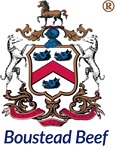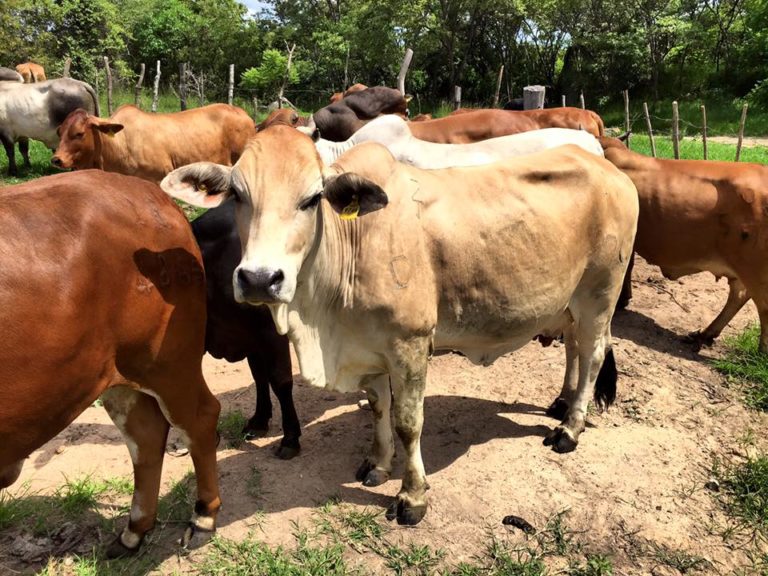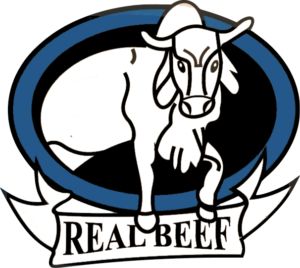
Boustead Beef Zimbabwe
Boustead Beef - Cold Storage Company of Zimbabwe

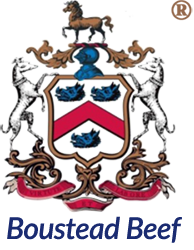

Beef is Our Business
Our Services
Renewable Energy
The Key to Fighting Climate Change
Boustead Beef aims to be completely 100% carbon neutral by 2025 and is taking the appropriate measures to combat climate change.
- Renewable Energy - All abattoirs will have solar farms installed on a tracking system which increases power generation by 20% on their surplus industrial land.
- Carbon Offsets - One megawatt of solar power means over USD450,000 dollars in savings per annum. It also offsets 1,500 tons of harmful carbon dioxide emissions, per year equal to planting over 37,100 trees or removing 281 cars from the road for an entire year. Over a 20 year lifespan this equals 742,000 trees or 5620 cars per MW
- Carbon Offsets
- Carbon Offsets
- Carbon Offsets
- Carbon Offsets

Know your Beef Cuts
Beef
Beef is the name given to meat obtained from the carcasses of cattle. It is one of the principal meats used in the cuisine of Australia, Europe, and America, and is also important in Africa, East Asia, and Southeast Asia.
Click on the image for more information
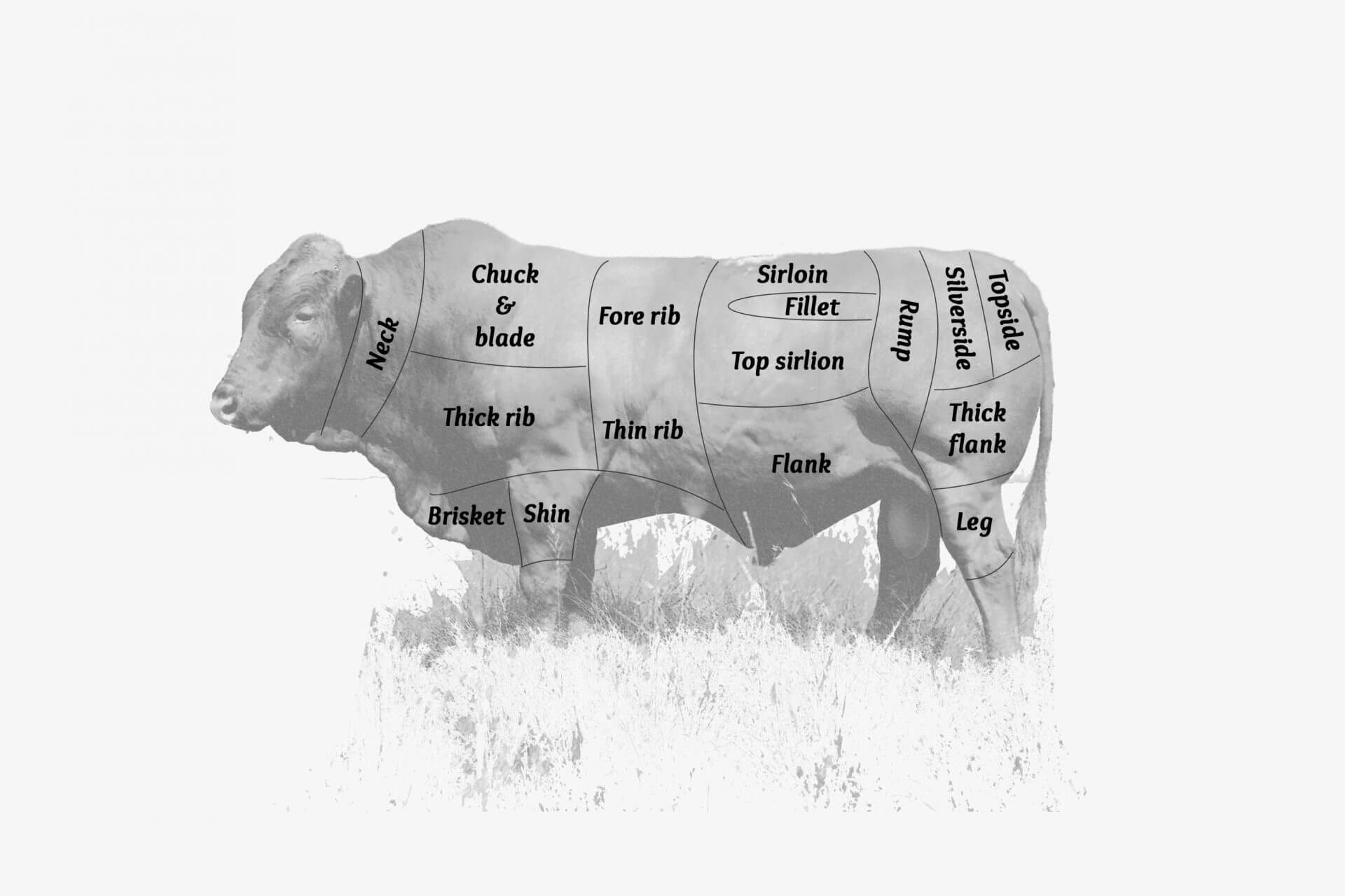
Neck
A very tasty cut, neck meat consists mostly of meat, with some connective tissue that becomes gelatinous during cooking. The meat can be minced or cubed, with bones used for the stockpot.
Chuck & Blade
Chuck
This cut from the base of the neck is one that can be extremely tasty whole or sliced. It has a high proportion of connective tissue. It can be a bit tough, but slow cooking means that it will fall off the bone and be tender.
Recommended Methods:
(1)Braising
(2) Pot Roasting.
Blade
This cut comes from the shoulder of the forequarter and is best used in dishes that you cook with a liquid such as stock, red wine, and beer. It has a rich deep flavour and is used in many traditional French dishes where slow cooking and simple ingredients are required.
Recommended Methods:
(1)Casserole
(2) Stewing
(3) Braising.
Thick Rib
Typically sold as braising steak. This cut is somewhat tenderer than stewing steak and is ideal for use in casseroles, stews, and for braising.
Clod - this is an economical cut that is a flavourful, but is much less tender meat. Cut from the middle of the shoulder this is usually sold as stewing steak or used in burgers. This cut is suitable for slow cooking in stews.
Brisket
The cut contains breast bone and a few ribs. It is divided into the point brisket, mid-brisket, and navel end. The texture of the meat is coarse.
Brisket roll – Pot-roast, aluminum foil or cooking bag
Flat, trimmed brisket (Pastrami) – Boil, as for corned beef
Sliced with/without bone (1,5cm) – Braise
Shin
Contains a large proportion of bone and white connective tissue that contribute to the taste. The collagen in the meat turns to soft gelatine while cooking, keeping the meat extremely tender.
Fore/Prime Rib
Prime rib is juicy, tender, and marbled with fat. Its tenderness comes from muscles that aren't heavily used, and it stays juicy because of its fat. Grilling or roasting are both suitable cooking methods that will brown and melt the tasty fat on the outside – but take care not to overcook the inside.
Thin Rib
Contains a few ribs in a triangular shape (short rib). The rest of the cut is boneless and covered with a thick layer of connective tissue, remove prior to cooking.
Recommended Methods:
(1) Parboil the ribs, marinade, and then put on the Braai
(2) Braise in a liquid-like stock, wine, or beer.
Sirloin
This cut is one of the more popular steaks in Zimbabwe. It is characterised by a strip of fat on the outside. The meat is tender with a fine texture and is often ‚aged‚ further in vacuum bags for up to 3 weeks to increase the tenderness. It can also be sliced as steaks on the bone, these are called Junior T-Bone steak and T- Bone steak (with fillet)
Recommended Methods:
(1) 2-3cm thick steaks Grilled on a skillet or on the Braai at a high heat
(2) Roasted Whole as a delicious Roast Beef.
Fillet
This meat, extremely versatile in culinary terms, is situated internally behind the sirloin. Being the most tender cut of beef, it is widely used in restaurants and is known for being more expensive than other cuts.
Recommended Methods:
(1) Whole-Roasted Steaks 2-3cm thick-Pan fried,
(2) Grilled or Braaied at high heat.
Top Sirloin
Also Known as Boneless Sirloin Butt Steak; Boneless Top Sirloin Steak; Loin, Top Sirloin Butt Steak, Boneless; Sirloin Butt Steak; Top Sirloin Butt Center-Cut Steak; Top Sirloin Butt Steak, Boneless; Top Sirloin Steak Boneless Cap Off; Top Sirloin Steak Cap Off
Flank
This cut is usually minced to go into Mince or Burger patties but is also used for different types of Boerewors. It can also be trimmed and cut into thin Flank steaks. The meat has a coarse texture but distinct flavour that is revered in various cuisines around the world. Recommended Method: Steaks-Fried, Grilled, or braaied over medium heat.
Rump
Although this is a prime cut, it’s often cheaper than fillet or sirloin, because it’s not quite as tender. However many say that it has a far superior flavour than sirloin or fillet. Rump is suitable for quick cooking such as frying, stir-fry, grilling, and barbecuing.
Silverside
This cut is located on the inside of the buttock and is called silverside due to a shiny membrane that encases the whole primal cut. The top part of the silverside, closest to the rump is known as the Aitchbone, this is often used for Roasting.
Recommended Methods:
(1) Aitchbone for Roasting, (2) Tenderized steaks for braaing and grilling, (3) Beef Schnitzel, (4)Prego, (5) Steak Rolls, (6) Biltong.
Topside
A versatile cut that is most used in making lean mince as well as Tenderized Steak and Roast Beef. It is generally a lean cut of beef that can also be used in the manufacturing of sausages and types of boerewors.
Recommended Methods:
(1) Roasting
(2) Mince for Burgers
(3) Meatballs etc
(4) Boerewors on the braai
Thick Flank
typically sold as braising steak. This cut is somewhat tenderer than stewing steak and is ideal for use in casseroles, stews, and for braising.
Leg
Beef shin is prepared from the bottom portion of either the front or rear leg. As this cut comes from a working muscle, it contains a high amount of connective tissue. This tissue breaks down when prepared using slow, moist cooking methods such as casseroling and braising. These impart a rich, full-bodied flavour and melt in your mouth texture.
Oxtail
one of the most, flavoursome and inexpensive cuts of beef. Oxtail is most often sold cut into the individual vertebra. Long and slow braising it will release their excellent rich flavour.
